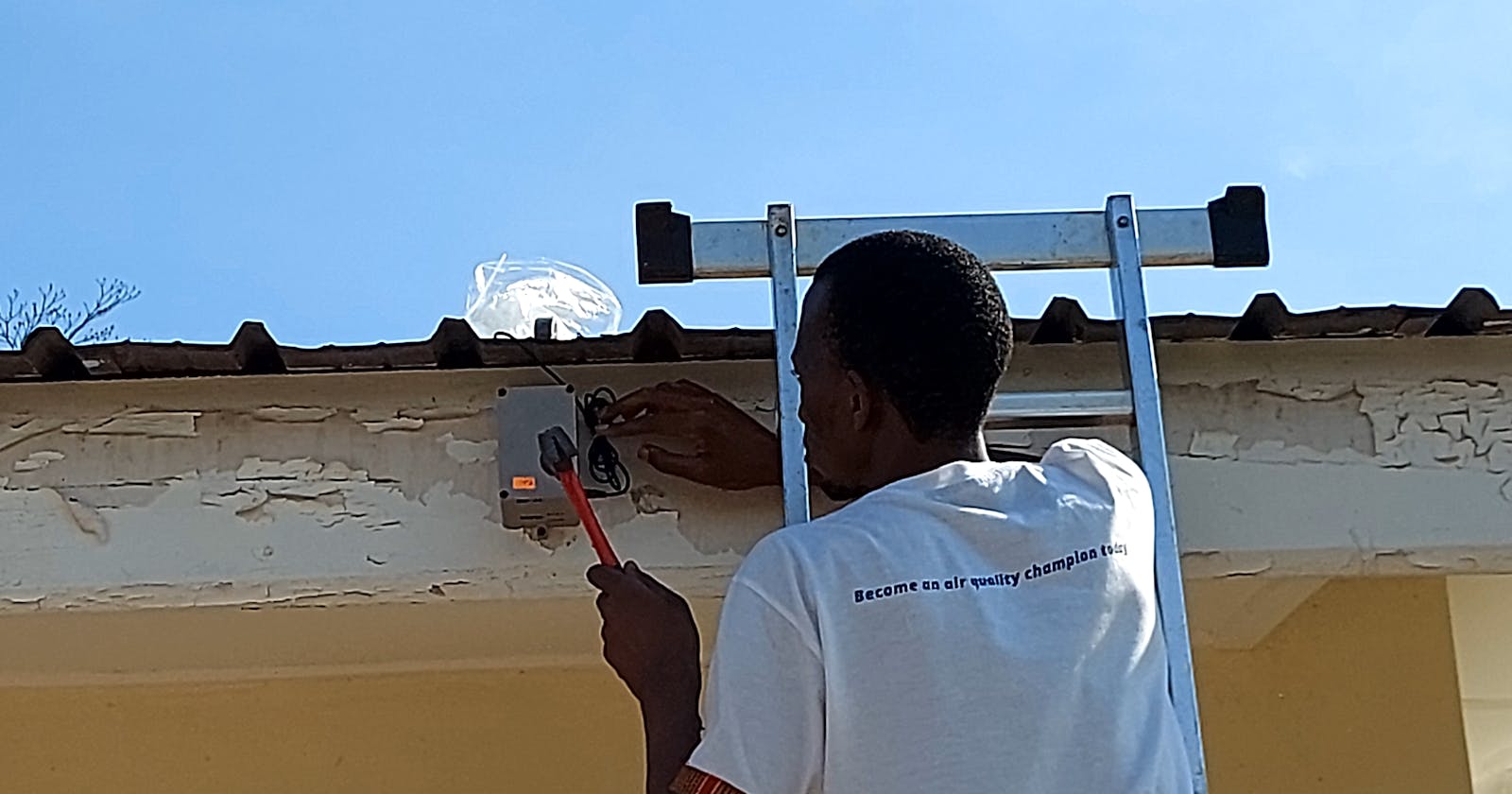The State of Charge is your fuel gauge for battery-operated IoT devices. It is the real-time or actual capacity of the battery compared to its full capacity. Just like your cellphone battery, it is measured in terms of percentage (%). For instance, 100% SoC means the battery is fully charged to its capacity, and 0% means it’s fully discharged.
The importance of calculating SoC
Estimation of the SOC of a battery can be a challenging task. It depends on the battery type and the type of application that is using the battery. Thanks to the research that has been done in the past decade, the estimation of SOC accuracy has become much easier.
Accuracy in SOC estimation is one of the important tasks for battery management systems, which helps to improve system reliability and performance and improve the battery life cycle.
In general, the SoC of the battery is calculated by the simple formula given below, i.e., the ratio of real-time charges present in a battery(Qt) to full battery capacity charges (Qn).
$$SoCt = Qt / Qn ((intial current-last current) over time)$$
You can also estimate the precise SOC calculation which will save you from sudden system blockage. It will also prevent you from overcharging your batteries, which, in reality, damages the battery’s internal structure.
However, you cannot estimate the accurate SOC under every condition because it involves complicated chemical and physical processes.
3 Methods used to calculate SOC
Coulomb counting method
Voltage method
Measuring using a hydrometer
(a) Coulomb counting method
It is a mathematically integrated over the time formula to calculate estimated SOC as shown below:
$$SoCt=SoCt-1+Ic(t)Quantity$$
Ic(t) - Discharging Current at Time t
SoCt - Estimated SoC at Time t
SoCt-1 - Previously Estimated SoC at t-1 or SoC value Given by Manufacturer
Qn - full battery capacity charges
△t - Difference in time
It is one of the most used methods, however many other factors like temperature, application of battery, life Cycle of battery, fluctuation of the battery voltage, etc., need to be considered along with the coulomb counting method to output a more accurate SoC calculation.
(b) Voltage Method
Under a controlled environment, you can determine the real-time pending capacity of a battery, SOC, by using a discharge test method. In the voltage method, battery voltage is converted to an equivalent SOC value using the battery’s predefined discharge curve (voltage vs. SOC). The battery’s electrochemical kinetics and temperature affect the battery’s voltage.
You can rely on the voltage method by using a lookup table of the battery’s open-circuit voltage (OCV) vs. temperature, as well as, by a correction term proportional to the battery current and by compensating for the voltage reading.
The voltage method is however difficult to implement because it needs a stable voltage range for the batteries. In addition, this discharge test is very time-consuming because it includes a consecutive recharge when there are many applications.
(c) Measuring using a hydrometer
To test the state of charge of a battery cell, an instrument called a hydrometer is used. SoC measurement is performed by measuring the electrolyte, which is achieved by measuring the specific gravity of the electrolyte. The density of electrolytes rises higher with the concentration of sulfuric acid.
In other words, when more positive ions or negative ions are more concentrated near their electrodes, it means the cell is fully charged while with fewer ions the cell is fully discharged.
Relationship of Voltage and Current over time.
What’s Next
The state of charge (Lithium-ion cell)methodology is important for tracking the performance of IoT devices that is their health, capacity, charge and discharge cycles which helps ensure durability.
At AirQo, we are carrying out lots of research on the lithium-ion State of Charge which will be in our next versions of Binos AirQo monitor devices come 2023.
The journey has only just begun. Imagine having an IoT device operating 24/7 and sending data almost every moment without extending its battery life for longer periods of operation or even carrying out a swap!
